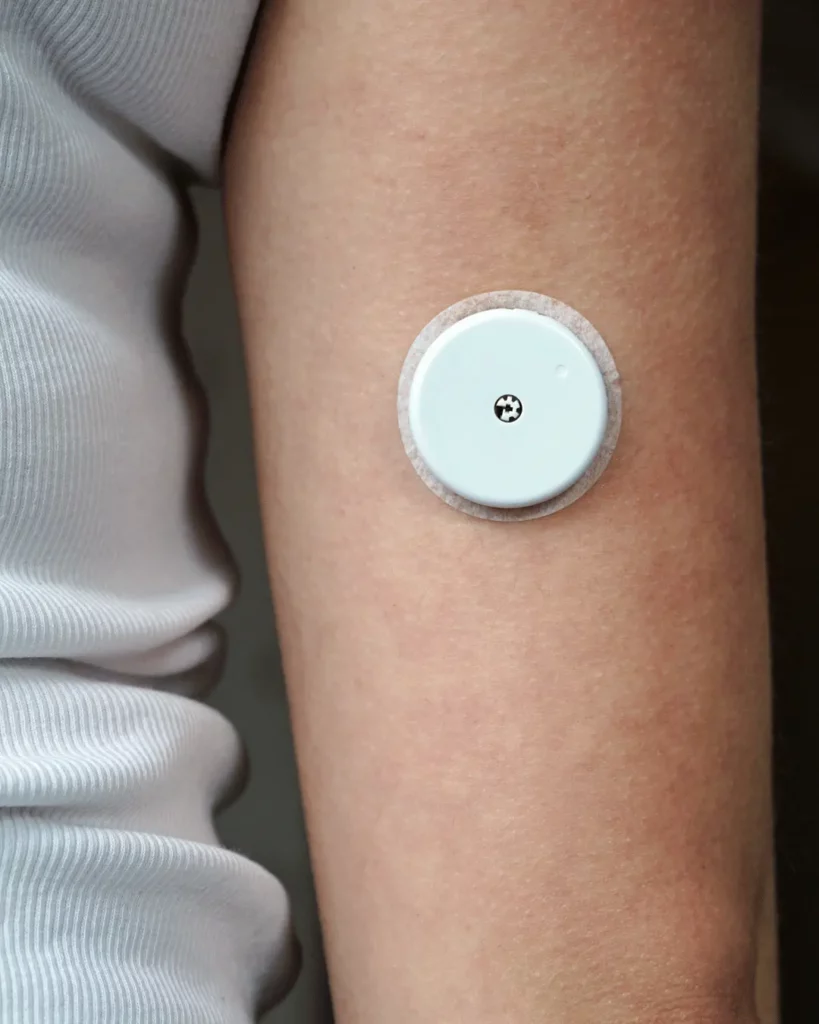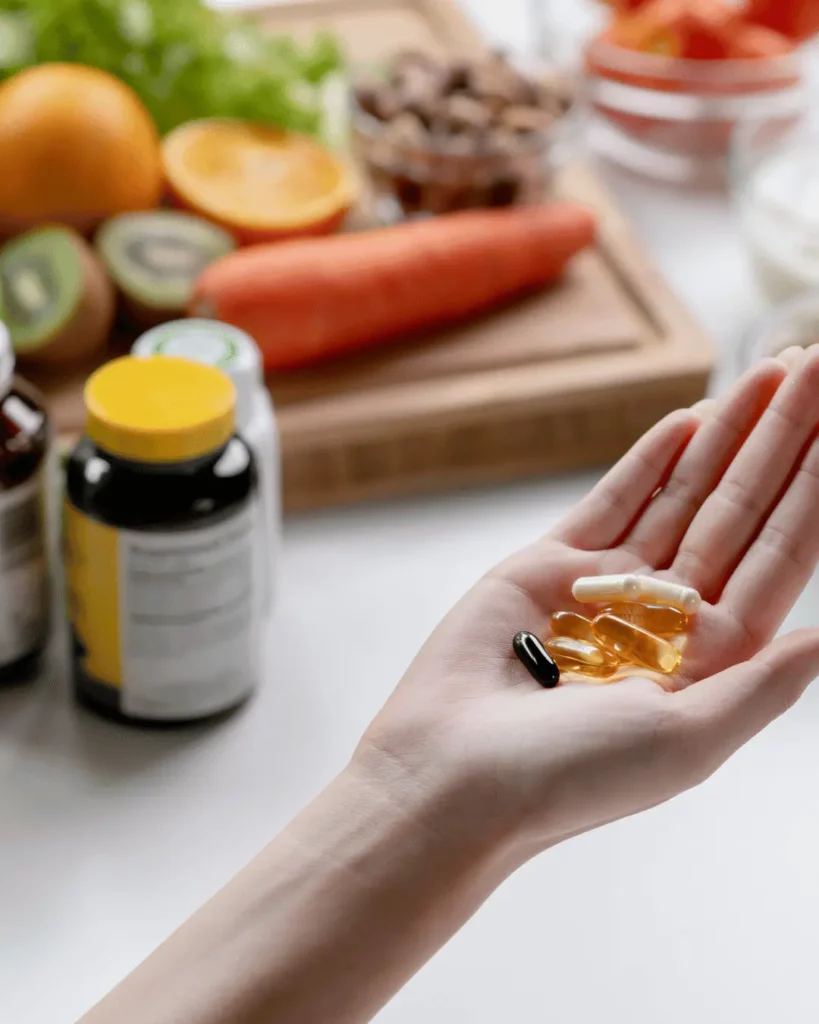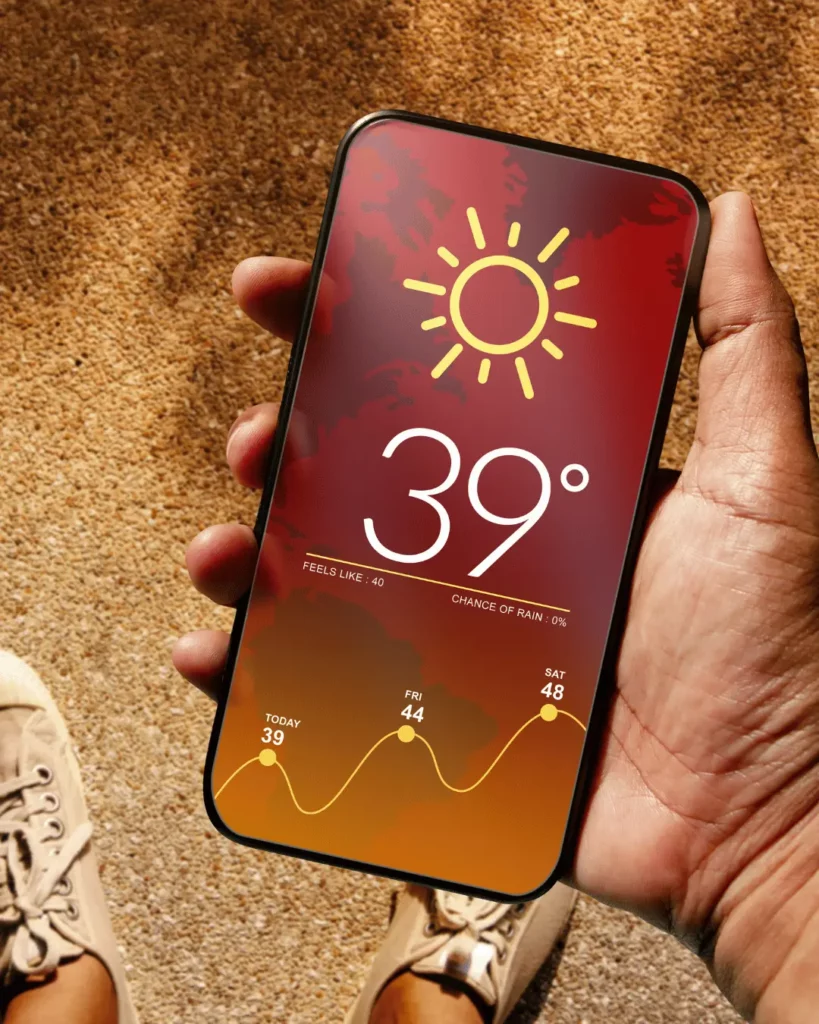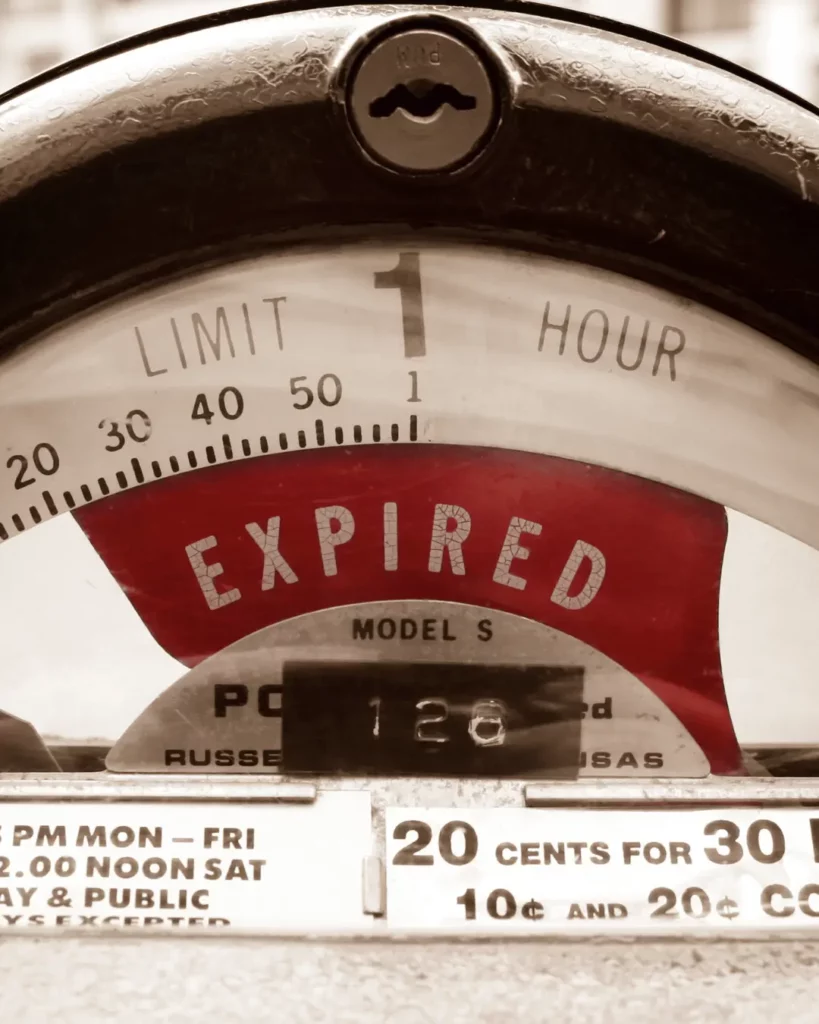Imagine relying on your FreeStyle Libre to manage your blood sugar, only to be alarmed by a low reading that doesn’t quite match how you feel. This frustrating scenario happens more often than you might think, leaving you questioning the accuracy of the device.
But why does the FreeStyle Libre sometimes report these false low readings? We’ll uncover nine possible reasons behind this issue and provide actionable tips to help you trust your readings again.
Key Takeaways
- Freestyle Libre is a continuous glucose monitoring (CGM) device for managing diabetes in persons aged 18 and older. It is designed to efficiently replace blood glucose testing for diabetes treatment decisions.
- The device detects trends and tracks patterns to capture hyperglycemia and hypoglycemia episodes and determine acute and long-term therapy adjustments.
- Incorrect low readings happen when the glucose monitor shows a glucose level lower than the actual level. This mistake is more frequent with Freestyle Libre 2.
- Some common causes of Freestyle Libre’s false low readings include sensor placement issues, interference with other medications, and temperature-related errors.
Table of Contents
9 Factors Behind False Low Readings in Freestyle Libre
Let’s start by taking a closer look at some of the reasons that might cause inaccurate readings on your device.
1. Lag Time Between Blood and Interstitial Fluid Glucose
Let’s start with one of the main reasons why you might find your Freestyle Libre giving false readings.
As previously established, Freestyle Libre gives you a reading of interstitial glucose rather than blood glucose.
Since blood glucose takes some time to enter the cell and reach the interstitial fluid, your Freestyle Libre might give you a relatively low reading compared to a traditional blood test.
This is commonly known as “lag time”, which is a natural part of the glucose pathway in the body, and it becomes more prominent in situations when blood sugar levels are increasing rapidly, such as:
- Directly after meals
- After intense physical activity and depleting carbohydrates reserves.
This is because it takes time for sugar to diffuse into the cells and catch up with blood sugar levels.
2. You’re Not Placing It on the Right Spot

The Freestyle Libre sensor is a reliable tool for tracking your blood sugar level, but it only works if you place it correctly.
The ideal spot to apply the Freestyle Libre sensor is at the back of one of your upper arms.
This skin area is perfect because it stays flat while it doesn’t bend, fold, or come in contact with surfaces while performing daily activities.
As a result, if you have any scars, moles, stretch marks, lumps, or other skin irregularities in these areas, you should avoid putting the sensor there.
3. The Sensor Isn’t Attached to the Skin
The Freestyle Libre sensors need to be firmly attached to the skin in order to maintain accurate measurements.
If the sensor comes loose, it will give a false low result because it will not be able to sense enough glucose in the interstitial fluid.
The sensor comes with an adhesive to ensure a firm attachment to the skin. Yet, applying the adhesive to oily or wet skin can compromise its strength.
For that reason, always make sure that you wash the application site with soap, use alcohol swabs, and let it air dry before application to remove any residue that can prevent the sensor from sticking.
4. Interference with Other Medications, Food, or Supplements

Another common reason for inadequate readings, whether false negative or positive, is drug interference.
Although Freestyle Libre doesn’t operate systemically, some medications and dietary supplements might end up affecting its performance.
For instance, if you’re using exfoliating skin products that contain salicylic acid on the application site, you might notice false low sensor readings.
This effect is proportional to the amount of active substance in contact with the sensor. According to the manufacturer, it isn’t only exclusive to topical salicylic acid and oral form (aspirin).
Keep in mind that ascorbic acid (vitamin C) can cause a false positive reading for the same reason.
Some users also claim that oral medications containing paracetamol (acetaminophen) or ibuprofen impacted the sensor’s readings, although this is more common among Freestyle Libre competitors like Dexcom.
5. You’re Dehydrated

Glucose molecules diffuse into the cells using a natural phenomenon called “osmosis”, which depends greatly on the presence of water both inside and outside the barrier (the cell membrane).
In addition to having many negative health consequences, dehydration can prevent glucose from diffusing into cells, causing a false negative reading on your Freestyle Libre.
6. Environmental Conditions
Subjecting your Freestyle Libre to extreme temperatures like other glucose measuring devices can harm its performance and accuracy.
Ideally, while using the Freestyle Libre, you should avoid exposing it to direct sunlight and extreme temperatures and humidity, such as in saunas.
In fact, Freestyle Libre recommends storing the sensor in temperatures between 39 and 77 °F (3.8 to 25 °C) and non-condensing humidity of 10 to 90% for optimal results.

7. The Sensor Is Nearing the End of Its Lifespan
According to Freestyle Libre, each sensor has a lifespan of around 14 days. However, many users noticed that the sensor’s accuracy starts to decline after around 10 to 12 days of use.
If your Freestyle Libre is approaching the end of its lifespan, and it starts to give false negative results, you simply need to swap it for a new one.
8. Other Inaccuracy Factors
Although Freestyle Libre is one of the most stable and reliable CGM systems, its reliability is only established for some.
According to Freestyle Libre’s Safety Information Page, Freestyle Libre is not approved for individuals under 18 years old, so if you’re under 18, it might give inaccurate results. This also applies to other groups, such as:
- Pregnant women.
- Critically ill patients.
- Patients on dialysis, pacemakers, and other devices that impact blood flow directly or indirectly.
9. Malfunctioning, Damaged, or Expired Sensor

If all else fails or doesn’t apply to your case, you may have a faulty sensor. This is generally rare, as it’s usually due to problems in the manufacturing, transportation, or storage process, but it can still happen.
In that case, your only option is to simply opt for a new sensor and contact Freestyle Libre Support to seek further help if necessary.
How Does Freestyle Libre Work?
In order to troubleshoot the Freestyle Libre, you need to understand how it works. Freestyle Libre is an FDA-approved continuous glucose monitoring (CGM) system that allows diabetic patients, whether type I or type II, to keep track of their glucose levels.
The main advantage of the device is that it eliminates the need for traditional finger sticking to test blood sugar levels.
The device is made of a sensor and reader embedded under the skin (subcutaneous) to detect glucose and its levels in the interstitial fluid.
The system automatically measures the glucose level throughout the day and stores the reading in 15-minute intervals through the device that you stick to your skin.
You can then keep up with the data through the Freestyle Libre app for easy diabetes management.
Frequently Asked Questions
What is the difference between sensor and blood glucose readings?
If you perform a finger stick blood glucose test and compare its results to the readings of the FreeStyle Libre, you’re most likely going to find different results between the two.
This is because the two systems use different methods to test for blood glucose levels. Traditional testing obtains its results directly from the blood, while sensor glucose readings rely on the glucose level in the interstitial fluid that surrounds the cells.
Is interstitial glucose as reliable as blood glucose?
Interstitial glucose is proportional to blood glucose, as the glucose first enters the blood before it reaches the cells and remains in the interstitial fluid.
As such, the results of the two tests will usually be related but not exactly the same, as it takes some time for the glucose to complete the cycle and move to the cells.
For that reason, blood glucose meters are more reliable than sensor glucose readings, while the latter is only more convenient and spares you the continuous lancing.
Do I need to calibrate the freestyle libre before use?
Some continuous glucose measuring systems may require a calibration process before application to adjust the readings of the sensor.
However, this isn’t the issue with FreeStyle Libre because it comes precalibrated during manufacturing with no option for user calibration.
You only need to make sure that you’ve applied it as directed to avoid any issues moving forward.
Conclusion
There you have it! 9 common reasons why your Freestyle Libre is giving you false readings. As you can see, several factors can play a role in inaccurate sensor readings, so you must ensure you use the system as directed.
Remember to use the Libre on flat, clean, dry skin, preferably a site that doesn’t fold or wrinkle while carrying out daily activities, such as the back of your upper arm.
If the Libre is giving inaccurate results, consider changing it for a new one. If the problem persists, consider contacting Freestyle Libre’s customer support by phone or online.
Sources
At Diabetic Me, we are committed to delivering information that is precise, accurate, and pertinent. Our articles are supported by verified data from research papers, prestigious organizations, academic institutions, and medical associations to guarantee the integrity and relevance of the information we provide. You can learn more about our process and team on the about us page.

I use the Libre 3 plus. I have very low readings. The problem I have is I don’t know how much insulin to take. I use a sliding scale to determine how much insulin to take before a meal. If the reading is off how do I know how much insulin to use. Do I adjust my insulin to the finger pick or the the sensor reading. This has cause my a lot of anxiety. Also, the reason I use the sensor is so I wouldn’t have to pick my finger. But because of the sensor readings I end up picking my finger too. This product is a waste of money. At a hundred dollars a sensor you would think they would be accurate.
Wearing both Libre 3+ and Dexcom G7 simultaneously while periodically doing finger-sticks using Contour Next meter: the differences between 3+ and G7 have been consistently 20-50mg/dl. The G7 has always been closest to finger-stick readings, usually less than 10mg/dl. The lack of calibration for Libre 3+ is a significant design flaw, in my opinion. Even with 15-20 minute “lag” between fingertip blood and interstitial fluid, the gap is too big to trust Libre 3+ as an accurate indicator for hypoglycemia.
Moved from 3 to 3+ and lows thst don’t pan out.
I have been using the FreeStyle Libre 3 for five days. It has been waking me during the night with low glucose warnings. I hadn’t been anticipating drastic differences in readings of this system and my original meter.
The last two wake up alarms I noticed not feeling like my glucose was low.
My check showed a difference of nearly 30 points.
Like Linda Williams Loman on January 5, 2025 and Terry Bourn on January 7, 2025, I occasionally got alarmingly low readings in the middle of the night where the alarm wakes me up. I do a finger stick check and the reading is invariably 20 – 50 pts higher (except for one time in 3 years). I tend to sleep on my side and I have noticed that when it wakes me up, I’m sleeping on the side where the sensor is located. What really tipped me off to this, though, was the morning I was taking a hot shower and I happened to be standing so the stream was hitting the sensor for probably a minute. The low alarm was set off but when I did the finger stick, the reading was normal. I’m guessing the heat from lying on the sensor or from the hot water caused the sensor to give a false low reading. Plus, I found that placing the sensors on the back of my arm where they recommend was painful, I tended to knock them off fairly frequently when performing normal activities and I frequently got inaccurate readings as compared to finger sticks even when taking blood/interstitial fluid reading differences into account. I solved these problems by moving the sensors a bit higher on the back of my arm. I’m now getting far fewer inaccurate readings, less pain at the application site and I haven’t knocked one off since I moved them.
Linda Williams Loman. I’ve experienced the same problem with the Libre 3 at night just recently. Waking me up from a sound sleep at around 2 and 3 a.m. Verified with a finger stick and that was showing 118 or higher. I went back to bed but lost sleep. Don’t just go back to sleep. Always verify with a finger stick. The only difference between you and I is you weigh 150 and I’m 195. I’m also on a low dose (28) of Trulicity.
I have been using your freestyle libre 3 for a while and now it’s giving me inaccurate readings as low as 50 while sleeping numerous times during the night and my fingertips are numb, I’m type 2 diabetic should I be concerned. I am 71years old 150 lbs. and take low dose Trulicity, please advise.
Good to know bout the sensor stuff, gotta make sure it’s all good for my workouts.
I heard that the sensors can be inaccurate sometimes. It’s worrying because we depend on it for my daughter’s glucose monitoring.
All tech has flaws, but Freestyle Libre offers flexibility and easy monitoring. Just keep an eye on the expiration and proper usage!
not sure what to think now.
I think the libre is great but everyone’s missing out on the fact that no device beats eating right and regular exercise. we rely too much on tech nowadays.
If Chuck Norris had diabetes, the sensor would adjust itself.
Can anyone tell me if it’s really safe to rely on FreeStyle Libre for diabetes management? I’m considering it for my son, but I’m a bit worried.
It’s a reliable tool used by many patients worldwide, but always consult with a healthcare provider for personalized advice.
In my opinion, It is not safe to rely on this device for your management decisions.
I am a new user and the readings are consistently low to very low, which can lead to real problems.
When compared to a finger stick result, THE SENSOR READINGS CAN BE CONSISTENTLY AS MUCH AS 100 POINTS LOW.
That is simply not acceptable and can lead to serious issues.
And the- mostly false- alarms interrupt sleep and other activities and cannot be deactivated or silenced.
Further, the sensor cannot be calibrated by the user to provide more accurate readings.
.
It seems the company is using us to develop and test their product
I have spoken with an online representative, and read all the literature relating to this issue, without finding a solution to these false low readings.
This is exactly my experience recently with my mom using this product, Alarms all night. She sleeps on her back so we put the sensor on the outside of her upper arm so it’s definitely not compression low. finger stick is 50-100 points higher than cgm everytime she tests at night.
its more acurate during the day (you know, when she doesn’t really need it).
this has been a common occurrence with several sensors so not just one or two faulty sensors.
I checked the finger stick reader with the calibration liquid test and it is acurate, and its fairly new.
I agree and also a new diabetic and new user of the Freestyle Libre 3 Plus. I have been plagued with false low glucose alerts at night waking me up. Prior to this I had purchased and used three of the OTC Dexcom Stelo for 6 weeks and it never read lows like the Libre. Then my Dr prescribed the Libre 3 plus and I’ve had nothing but trouble with the first two sensors and I finally reported it to customer service and they blamed it on faulty sensors and had me remove the sensor and sent replacements. I just received the replacements and put one on this afternoon and now tonight at 1 AM I was awoken by a low glucose alarm of 64 and immediately got up and tested on my finger and it measured 101 mg/dL. Even within a few minutes the Libre readings rose quickly in the 80’s, but it’s still low. This is my 3rd Libre sensor and all have given false low alerts. I finally just found that I can turn off the “Low Glucose Alarm” so I did. But I know a few days ago the “Urgent Low Glucose Alarm” was at 54 and my finger measurement was 110 mg/dL. So the Libre was low by 56 mg/dL and madly disrupting my sleep. I am extremely annoyed. I wonder if the Dexcom G7 is better like the Stelo was or if it will have a problem too?
lol, didn’t know that dehydrated bit could mess with the libre readings. gotta drink more water i guess.